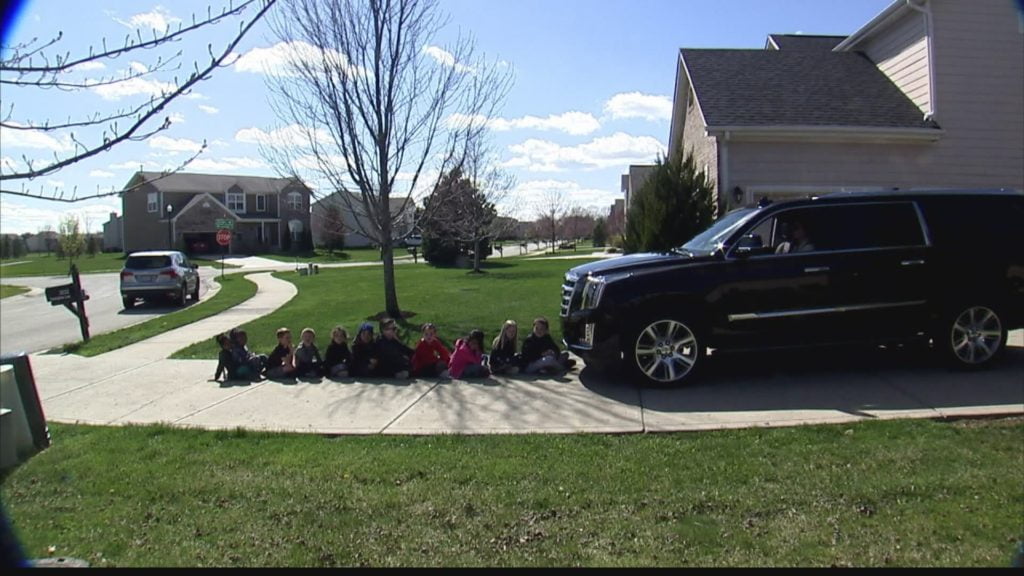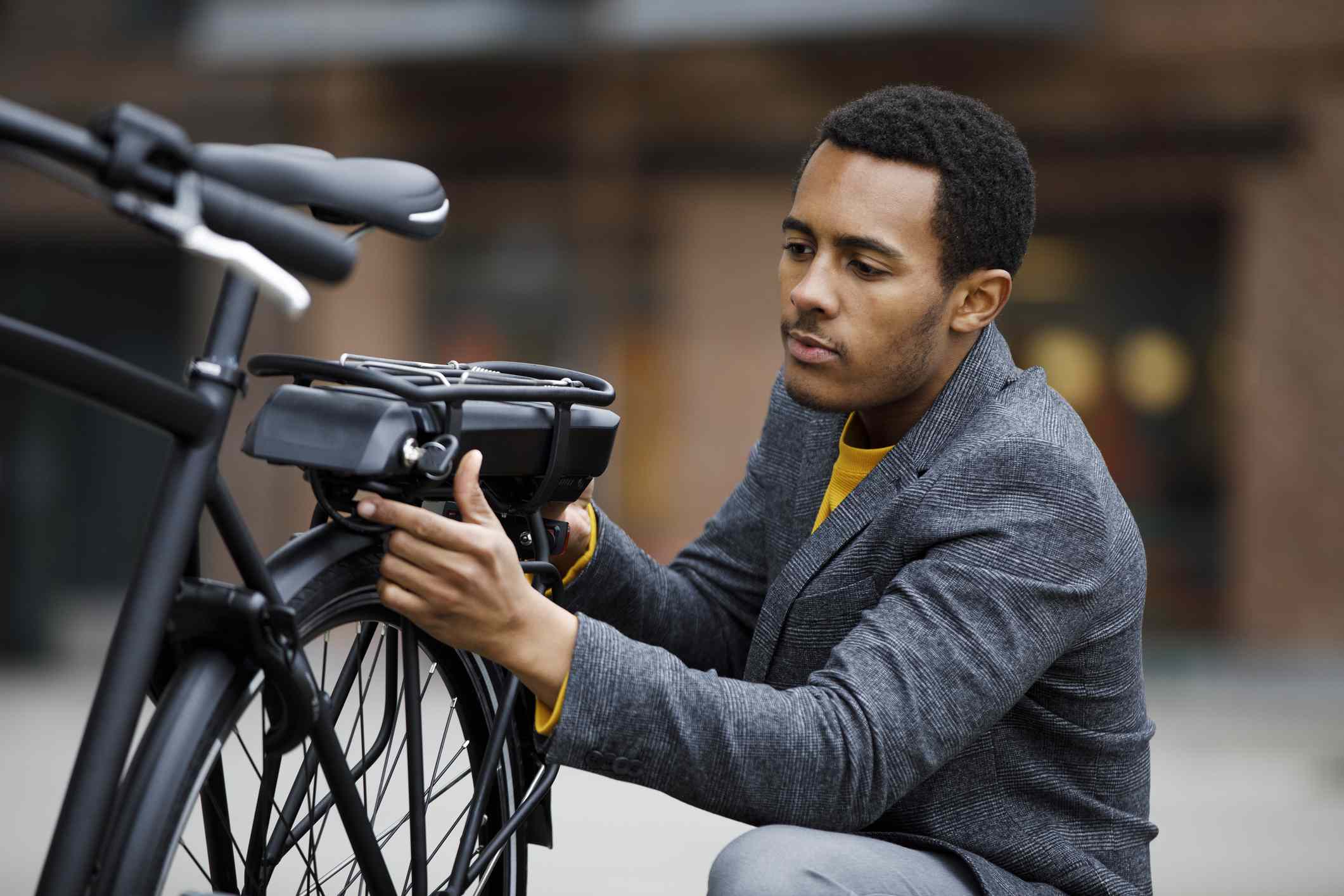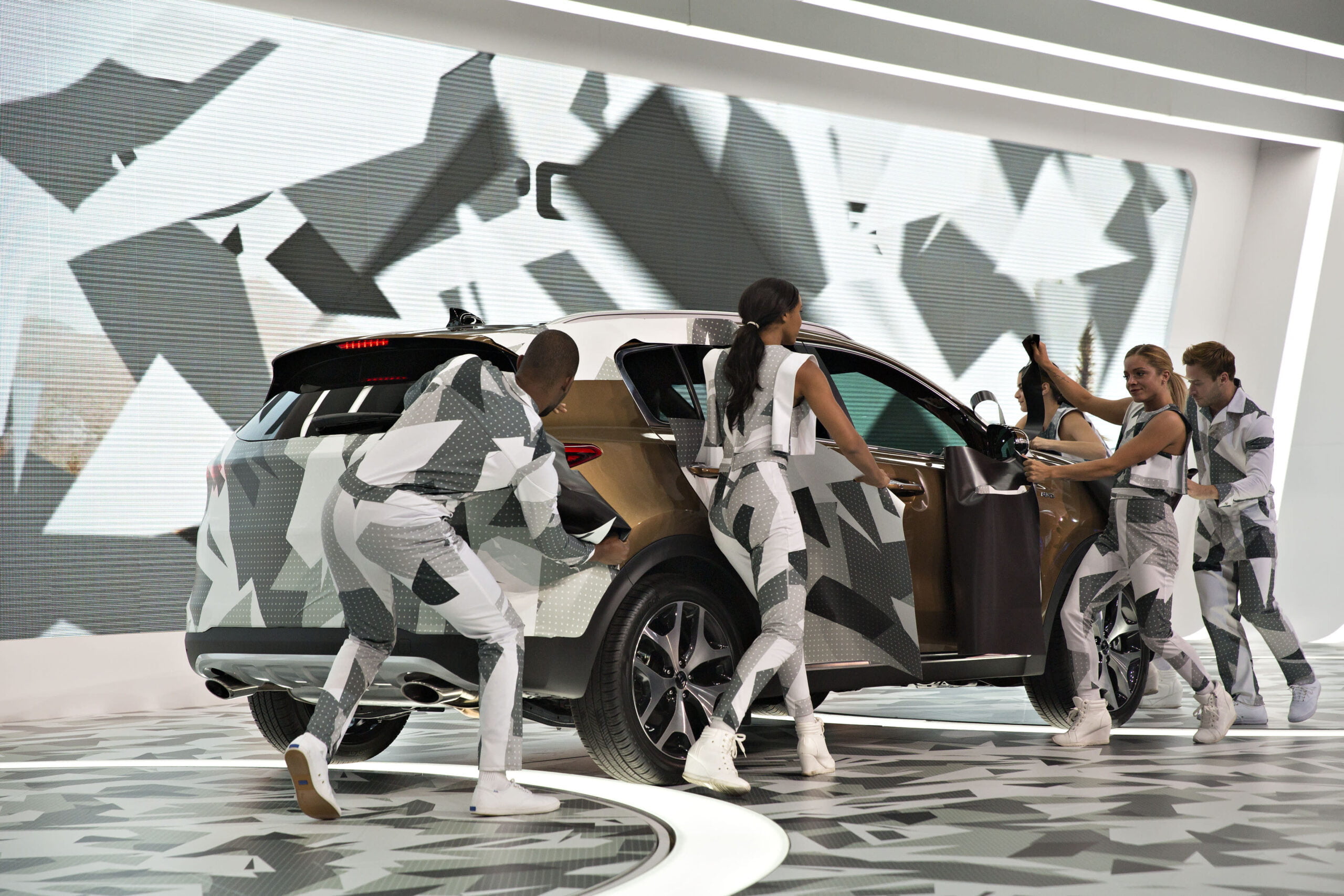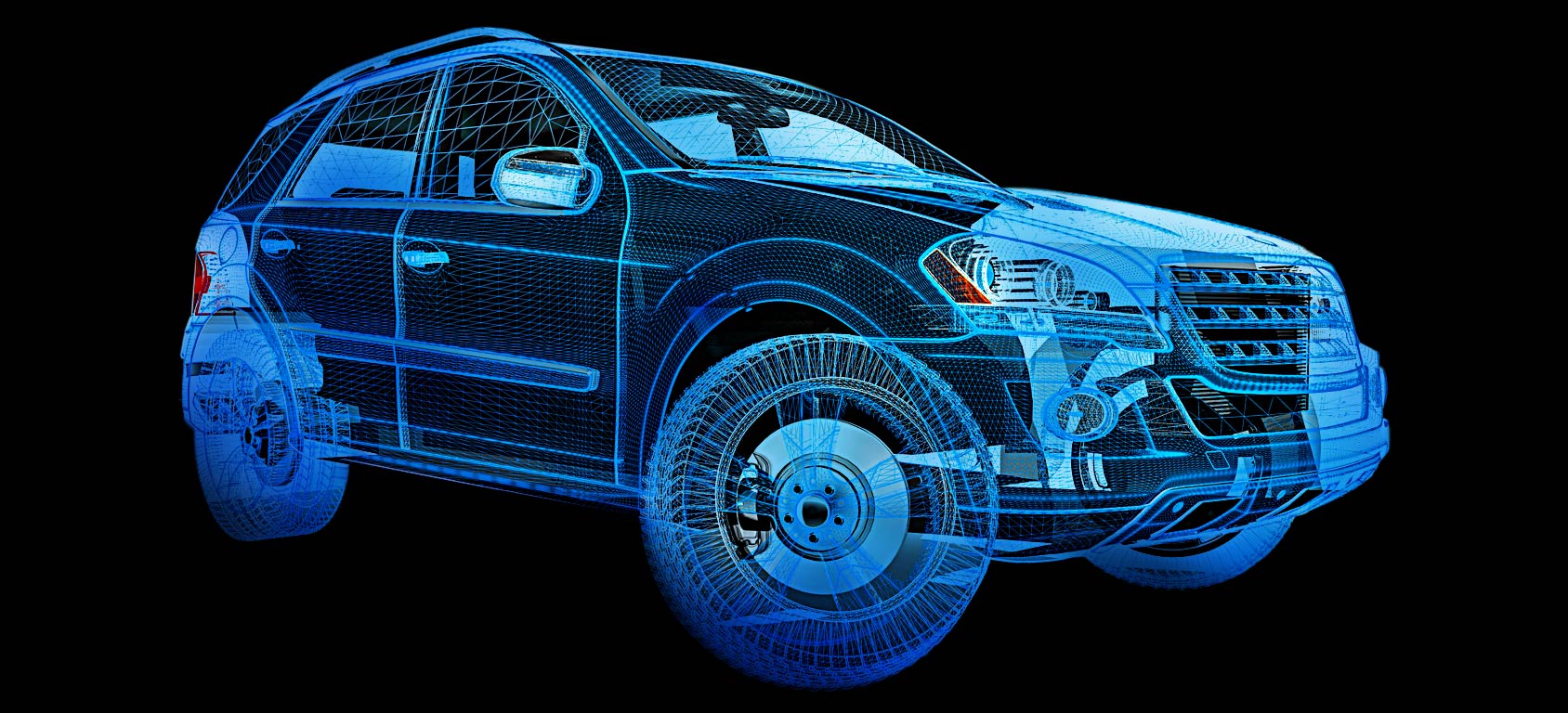
Driving can be fun, but when you have an accident, it no longer is. Road accidents keep happening day in and day out. While some accidents occur due to mechanical failure, drivers also take their share of the blame. Automobile manufacturers install safety equipment in their vehicles to improve driving habits and safety. But if you don’t care for your vehicle’s safety equipment, how will it care for you? Here are the top ways to care for and use your vehicle’s safety equipment.
Vehicle-Tracking Systems
Technology has advanced to a point where drivers and fleet companies can now install video surveillance cameras and GPS tracking devices on their cars. These are all must-have pieces of safety equipment. Check this website for the best vehicle solutions.
Brakes and Tires
Brakes work hand-in-hand with the tires for safe driving. It’s important to inflate your tires to the right pressure in pounds per square in (PSI). The quantity of air in the tires can also determine how a vehicle handles on the road.
Under-inflated tires are much harder to move. On the other hand, if you over-inflate the tires beyond the required pressure limit, your vehicle may become a ticking time bomb since the tires could explode at any time.
The braking system forms a key part of a vehicle’s mechanics. Without it, you can start a car moving but you can’t stop it until your fuel is exhausted or you hit an object. Be sure to replace your worn-out brake pads and watch out for any unusually loud squeaky noises from the brakes.
Lights
Your car’s lights are essential for both day and night vision. They are needed for you to see and for people to see you. Don’t wait for a traffic officer to flash his red lights on you before you fix any defective lights. When you notice that any of your brake lights or headlights are faulty, replace them and save yourself from getting involved in an avoidable road accident. You must always prioritize your life and that of your passengers over anything else.
Mirrors
Next on the list of a vehicle’s safety equipment is its mirrors. Similar to your lights, your mirrors also help you to see. Drivers are advised to adjust their mirrors appropriately before they turn on their ignition. Whether you want to park, reverse, or overtake the driver in front of you — look into your mirrors before you make a bad decision. When your side or rearview mirrors are broken, buy replacements as soon as possible.
If you own a smart vehicle with parking sensors and cameras, make sure they are all in perfect condition.
Horns
Horns allow drivers to make some noise to alert other drivers or pedestrians about the presence of their vehicles. Unfortunately, some drivers don’t make good use of their horns, and this leads to road accidents.
Sounding of car horns is one way to communicate with nearby drivers about emergency situations or hazards on the road. The cops will not be your best friends if they catch you cruising with a dead horn. Keep your horns active and use them when necessary.
In summary, the above vehicle safety equipment is all equally important for reducing road accidents and saving lives. So, take care of them!








